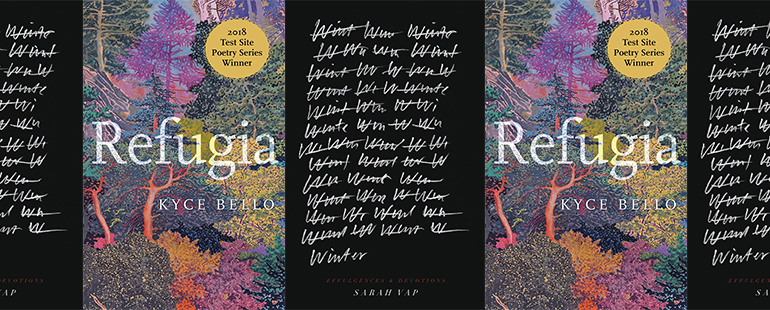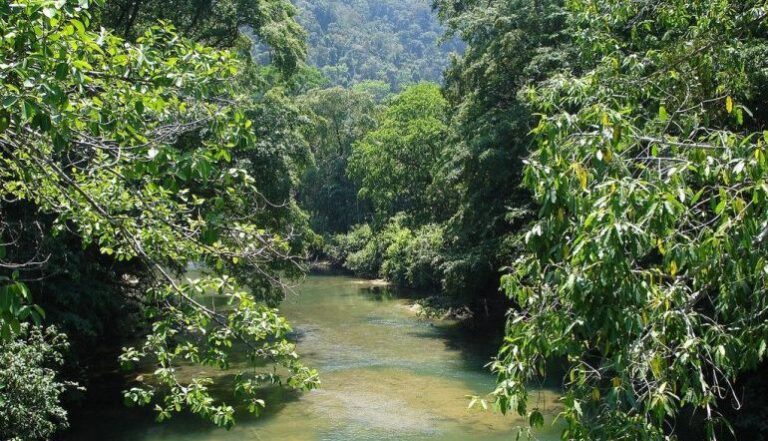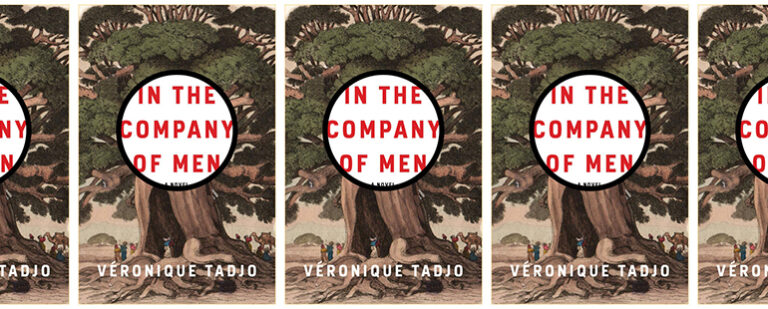From “I” to “We” in Winter and Refugia

Sarah Vap’s Winter: Effulgences & Devotions (2019) and Kyce Bello’s Refugia (2019) rise out of starkly different landscapes. Winter is set in a temperate rainforest in the Northwest United States and Refugia in the arid and drought-troubled Southwest United States. The setting, form, and tone of these two books are disparate, but what unites them is their simultaneous gaze on mothering and our ongoing human-created climate emergency, and where that gaze leads us as readers. Both collections show us that dissolution of the individual self is inevitable and necessary—not only in motherhood, but also as we face the climate crisis.
Winter begins with Vap explaining, “I am now several years into this practice of trying to write a poem about winter during the pieces of time I find to be alone.” Each piece in the 217-page book is titled “Winter” (with a few exceptions, such as “Christmas Eve, Phoenix, years later”). The book weaves back and forth in time across the years of birthing and raising three children. Primarily set in a small cabin on the Olympic Peninsula in Washington state, Winter wrestles with the transformations inside and outside the home, including the prediction that there will be no more winters on Earth. “My children will be born into this world,” she writes. “I have never been in so much danger.” These dangers include sonar destroying the minds of whales just off the Washington coast, and the floodwaters creeping closer to the cabin’s door each year. And they are not limited to the natural world, as each page reminds the reader in very small text at the bottom: “Drones are probably killing someone right now.”
Refugia takes its name from a scientific term for a geographic area in which a population of organisms is able to survive a period of adverse conditions. Its first poem, part of a series of poems throughout the book, also titled “Refugia,” includes the lines, “look how far we have flown / in our flaming wreck.” Refugia, like Winter, follows the speaker through birthing and raising children, with a keen awareness of the natural world around the speaker’s family. While the writing in Winter is densely packed onto the page, nearly overflowing, reflecting the landscapes each piece was written in and about, the poems in Refugia are sparse and spread out.
Refugia explores the dissolution of self subtly. The collection begins with poems where the speaker is “I,” but as the book goes on, the speaker increasingly becomes “you and I,” or “we.” In “Refugia (3),” the body of a beaten child is discovered in a shallow grave by a river and “when the boy’s body was found / we began to howl.” The child that was harmed and killed is lost and mourned by the we, just as the Southwestern landscape around Bello is being lost by the we, not just the singular I. In Refugia, the speaker’s self also merges with the landscape in multiple poems, including “Refugia (2)”: “My face a furrow, / the creek shanks haltered in birdsong.”
In Vap’s collection, by contrast, the dissolution of self is more explicitly explored. Vap writes, “I’ve begun to refer to our conglomeration of brains and bodies inside this cabin as the family animal” and “I have sometimes tried to describe my mind, in the months and years after the births and the breastfeeding of my children, as having experienced a kind of important damage. I—too soon, they’re awake.” The end of this passage, the interruption, presumably in the moment of her writing, becomes also an interruption for the reader, blurring the boundary in and between us as well. This is a technique that Vap employs throughout the collection; phrases, sentences, passages, and the sense of linear time frequently get stopped, broken apart, and then often re-entered on another page. There is a cumulative effect to this repeated breakage. Not only is Vap a part of the “family animal,” but by using form to break and blur time and text in Winter, we as readers become part of this “important damage,” this disassembling and reassembling of selves.
This breakdown of the poet-speaker-self and the reader-self also occurs towards the end of Refugia, as Bello writes, “You will want what I want— / some sweet spot canopied in buffered slope” and, later in the same poem, “You will want like I want.” Refugia not only reaches forward in time towards children, but also back to ancestors, including parents, grandparents, and “ancestral bodies” in the landscape of the poems. Both Refugia and Winter refuse the possibility that the reality of the speaker is only their singular reality. It is their own. And it is their children’s. And it is ours, as well.
“It’s been June all January,” Bello writes. “Like the creek, / I’ve turned to sand. // I empty cisterns onto / trees and bid them not bloom.” Refugia and Winter both catalog the continuous, often frightening, changes without and within their homes. Bello writes about the daily home rituals of lighting candles and making applesauce, and also tree coroners who “determine / by which means a tree will choose to die— / hunger or thirst.” Refugia names many plants in Bello’s bioregion that are under threat, including fir and piñon pine, and highlights the intersection of climate grief with the growing awareness of her children: “I imagine the day my daughter will declare / she knows there is no God.” Winter is replete with the salmon and whales, the rain and the snow of the Pacific Northwest coast—all living entities that are also part of the collective self. Vap writes, “During [Mateo’s] birth I hallucinate that each of my legs is a line of / mountains forming either side of this valley.” The other-than-human animals, plants, sand, mountains, and rivers are part of the collective self in both books, and their speakers are both painfully and joyfully aware of the connection and impact they have upon each other.
The grief of these poems does not exist without equal love. “Refugium that survives demolition birth after birth . . . Make me / the seam,” writes Bello, “that holds tattered land together.” This is a love that witnesses, examines, and documents what is beloved, a love that experiences joy alongside pain. Vap writes, “During which my body and brains have succumbed to. Years of astonishing / porousness, during which I have wondered: do I have a soul. // Do I have a mind. Is this love that is dissolving me.”
Both Winter and Refugia return again and again, as the repeated titles within the collections reinforce, to questions that the writers cannot stop asking. “Where do we go when, // what do we do, what does it mean that we live on earth,” Vap writes towards the end of Winter. Bello asks, “Who has studied / our survival and can tell me when this degree / of tension will decrease?” This circling and returning is, perhaps, a part of the “important damage” of love, of parenting, of living in the climate emergency. These are questions too large and important to only ask, or try to answer, just once. They are too large to be asked by only one self, and so both Vap and Bello break open their writing again and again, insisting that we, also, are part of the asking, the witnessing, the attempts at answering. In a country obsessed with individualism—individual freedom, individual wealth, individual power, individual responsibility—the writing in Winter and Refugia demonstrates that we are, actually, already a we. This we, which continues to sustain “important damage” can, perhaps, begin to reach towards collective answering.
This piece was originally published on September 22, 2021.


